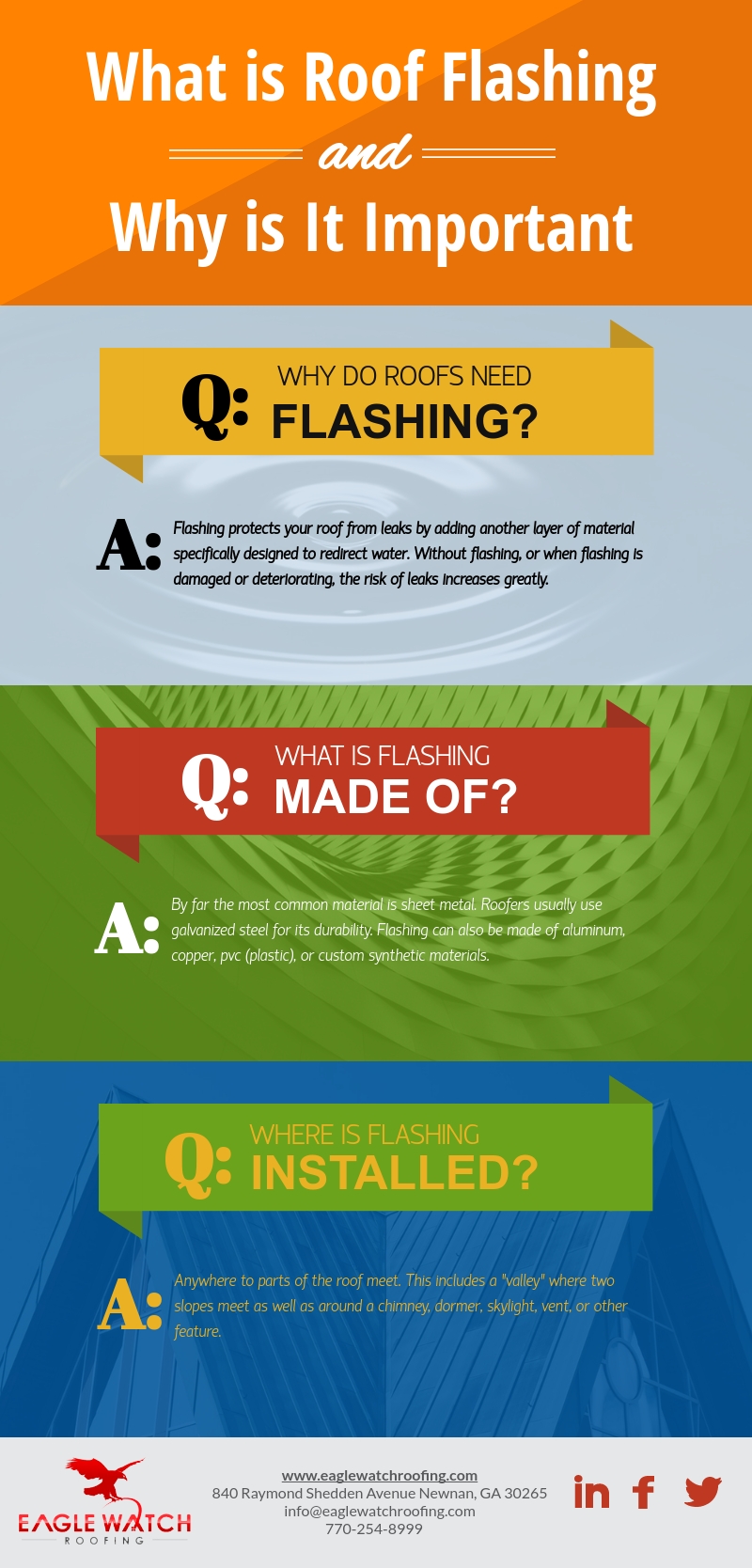Finding Roofing Damages Early To Avoid Major Complications
Finding Roofing Damages Early To Avoid Major Complications
Blog Article
Writer-Hjorth Reyes
To shield your home from possible pricey repair work, identifying roofing damage very early is critical. By watching out for subtle signs like missing out on shingles or water stains, you can catch concerns before they get worse. But what about those usually overlooked locations that could hint at concealed troubles hiding over you? Keep tuned to find essential ideas for spotting roofing system damage before it escalates right into a significant migraine.
Early Indication
Finding roof damages early can save you money and time. One key very early indication to look out for is missing or damaged tiles. If you see any type of shingles that are fractured, crinkling, or totally missing, it's vital to resolve the concern without delay. These harmed shingles can leave your roof covering vulnerable to leakages and additional damages.
Another indication to try to find is water discolorations on your ceiling or wall surfaces. These spots can suggest a leak in your roofing that needs prompt attention. Disregarding these water discolorations can cause much more substantial and expensive repair work down the line.
In addition, watch for any type of signs of sagging or sagging locations on your roofing, as this can indicate architectural damages that requires to be dealt with promptly.
Outside Examination Tips
Consistently inspecting the exterior of your roofing system is crucial for preserving its honesty and recognizing possible damage early. Start by analyzing the tiles-- seek any missing, split, or crinkling shingles, as these can be indications of roofing damages.
Examine the seamless gutters for granules from the shingles, as too much granule loss may indicate aging or weathering. Pay attention to the flashing around vents, smokeshafts, and skylights, guaranteeing they're snugly sealed and free of splits.
Seek indicators of moss, algae, or mold development, as these can cause roofing damage if not attended to quickly. Additionally, inspect the fascia and soffits for any water discolorations or rot, which can signal water damages.
Finally, evaluate the general problem of your roofing system from the ground, looking for any sagging locations or obvious dips. By carrying out these outside inspections frequently, you can capture roofing damages early and prevent it from becoming a major trouble.
Inside Warning
When inspecting your roof for possible damages, do not forget the value of checking the interior of your home. Inside red flags can often be early indications of roofing system issues that require interest.
Begin by examining your ceilings for any water stains or staining, as these could signify a leakage in the roof. Read Significantly more to examine is the attic room, where indicators of water damages, mold and mildew, or mildew might show a roof issue.
Pay close attention to any kind of mildewy smells or a visible rise in moisture levels, as these can likewise be indications of water breach from a damaged roof covering. Additionally, drooping locations in the ceiling or wall surfaces need to be taken seriously, as they could be an outcome of water damages weakening the framework.
If you discover any of these interior red flags, it's vital to have a professional roofing contractor evaluate the scenario without delay to prevent further damage and expensive fixings.
Verdict
By remaining watchful and routinely looking for very early warning signs of roofing system damages, you can stop minor issues from becoming significant troubles. Watch out for missing out on or harmed shingles, water discolorations on ceilings or wall surfaces, and any drooping or drooping areas on the roof. By addressing metal roofers in san antonio tx , you can conserve on your own from costly repairs and guarantee your roofing continues to be in good condition for years to find. Remain proactive and shield your home from prospective damage.
